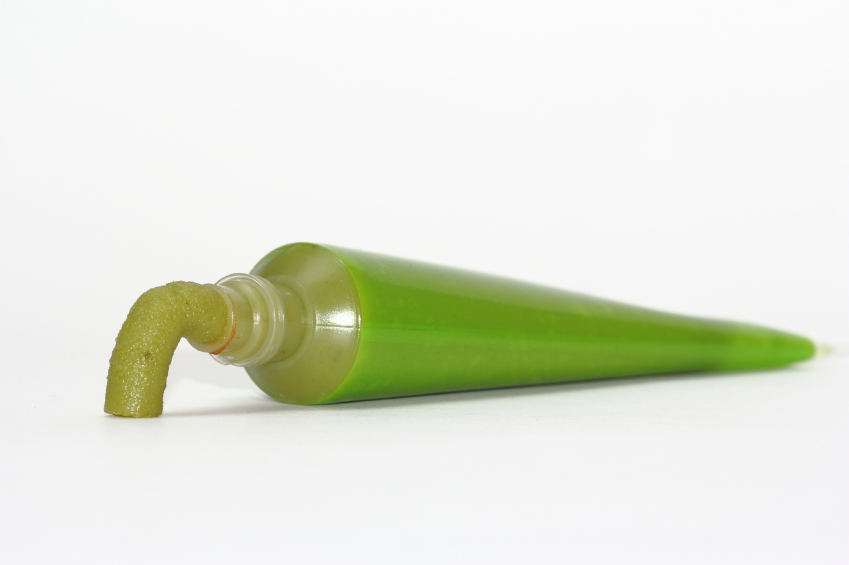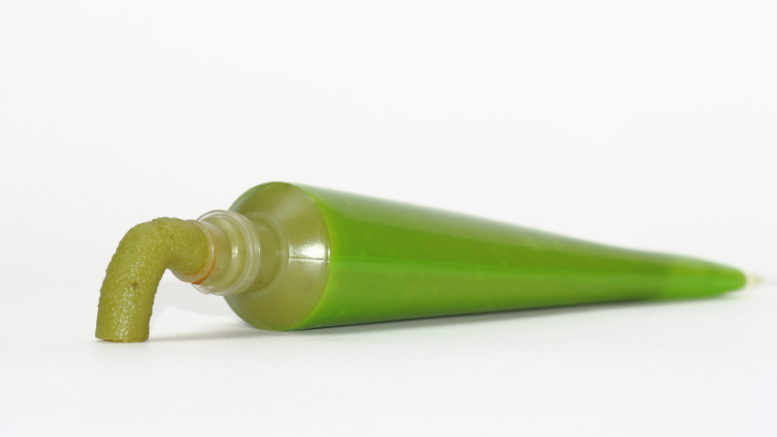
Pronounce it: wah-sarb-ee
The Japanese answer to horseradish, wasabi is related to watercress and grows in a similar way, with its roots in water. The root is pale green in colour, and either grated and used fresh, or dried and made into a powder or paste. Fiery and spicy, it’s one of the main flavourings in Japanese food, and is most commonly served with sashimi or sushi. Although it’s not as harsh as horseradish, it’s pretty pungent, so be careful not to use too much.
Choose the best
Powdered wasabi and tubes of wasabi paste are the easiest to get hold of and the most convenient to use. You can also find fresh wasabi root in some Asian stores.
Prepare it
Fresh wasabi should be washed, peeled and grated like horseradish. Powdered wasabi can be reconstituted with either water or soy. Put 1 teaspoon in an eggcup, add the same volume of tepid water or soy, and mix to a firm, clay-like paste. Then stand the eggcup upside down for around 10 minutes to allow the flavour to develop (inverting the eggcup prevents the paste from drying out). Wasabi paste sold in a tube is ready to use.
Store it
Fresh wasabi should be kept in the fridge in a perforated bag and should last for up to a week. Powdered wasabi and tubes of wasabi paste should be kept in a cool, dark place and will last up to a year.
Cook it
With sushi and sashimi. Add sparingly to salad dressings, marinades or noodle dishes.
Alternatives
Try horseradish.

Be the first to comment on "Wasabi"